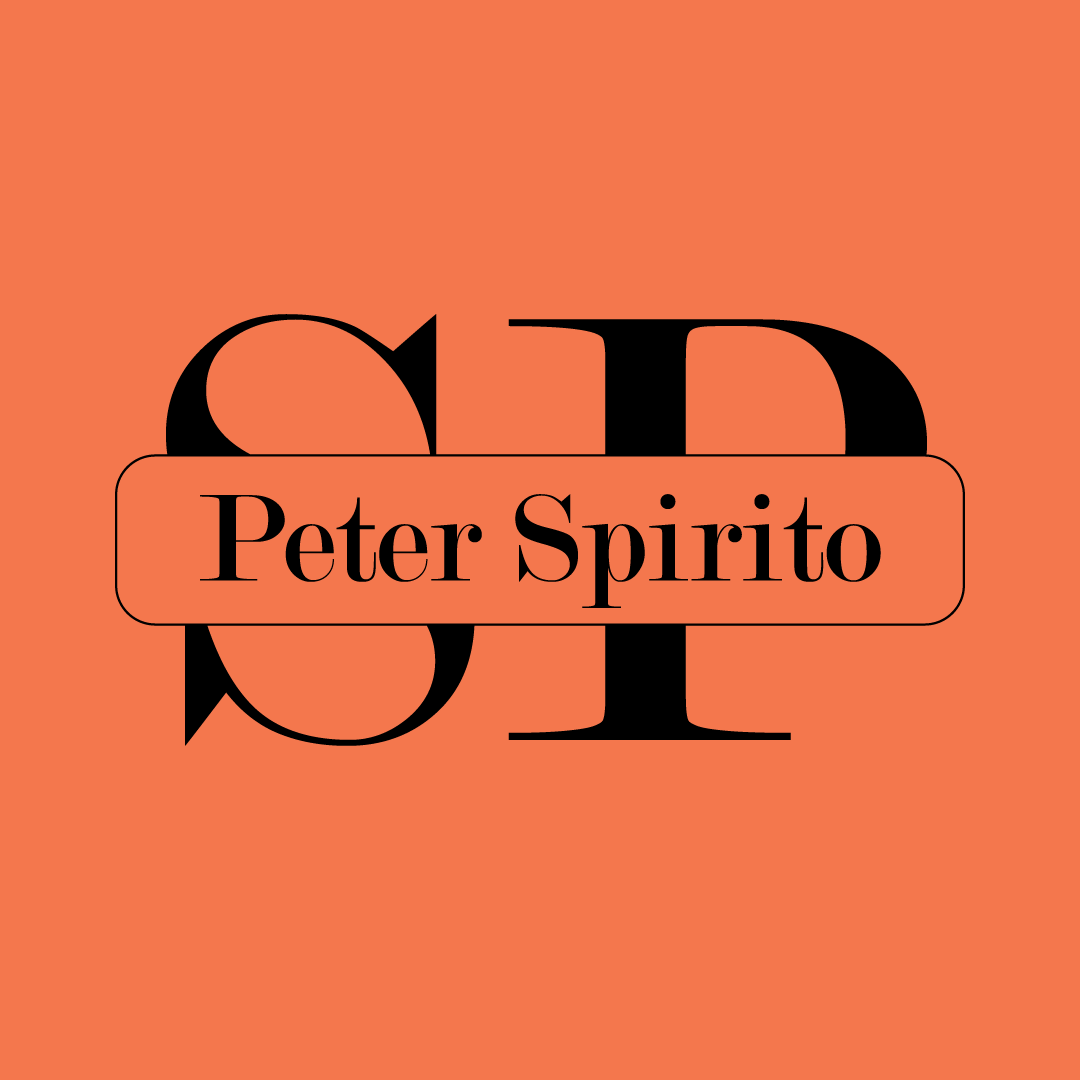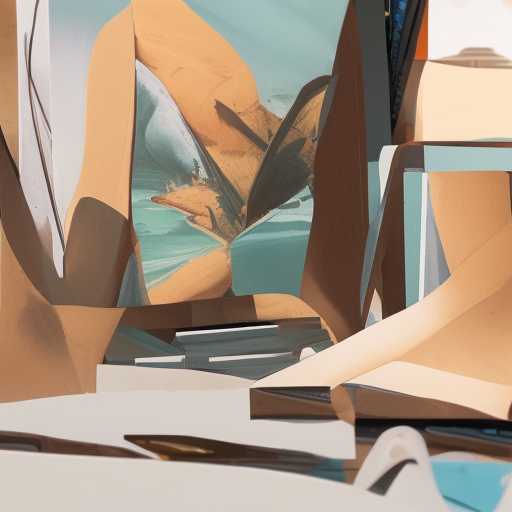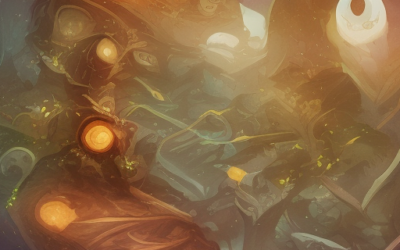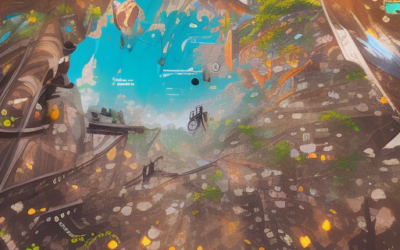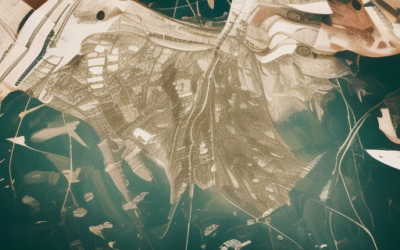Building Your Art Portfolio: Tips and Tricks

1. Start Small
When it comes to building an art portfolio, it can be tempting to try to create a lot of work all at once. However, this approach often leads to burnout and can prevent you from creating your best work. Instead, it’s important to start small and build up gradually over time. This allows you to focus on quality rather than quantity, and ensures that you have a strong foundation upon which to build your portfolio. By starting small, you’ll also be able to see progress and track your growth as an artist, which can be incredibly motivating. So don’t try to do too much at once – start small, and let your portfolio grow organically over time.

2. Choose Your Best Work
When it comes to building an art portfolio, choosing the right pieces to showcase is crucial. You want to present your best work in order to impress potential clients or employers. But how do you know what your best work is? Here are some tips to help you choose:
1. Look at your body of work objectively: Take a step back and evaluate your overall portfolio. Which pieces stand out the most? Are there any themes or styles that you consistently return to? These can be good indicators of your strengths as an artist.
2. Ask for feedback: Don’t be afraid to seek the opinions of others. Friends, family, or even fellow artists can provide valuable insight into your work. Listen to their suggestions and take note of any recurring compliments or critiques.
3. Consider the context: Think about where each piece will be displayed. For example, if you’re applying for a job, you may want to emphasize pieces that are relevant to the position. On the other hand, if you’re submitting to an art show, you might highlight more experimental works.
4. Keep it fresh: Your portfolio should be a representation of your current skills and style. Make sure to update it regularly with new work to keep it relevant and engaging.
By following these tips, you can select the best pieces from your artwork to create a strong and cohesive portfolio that showcases your talents and potential.

3. Showcase Diversity
To showcase diversity in your art portfolio, it’s important to include a variety of different types of artwork. This can include drawings, paintings, sculptures, photographs, digital art, and more. By including a range of different styles and mediums, you can demonstrate your versatility as an artist and catch the eye of potential clients or employers. Additionally, including artwork that showcases your skills in different areas, such as figure drawing, landscape painting, and portraiture, can help you stand out from other artists who may specialize in only one area.

4. Keep It Up-to-Date
As an artist, it’s important to keep your portfolio current and up-to-date with your latest work. This not only showcases your growth and development as an artist, but it also helps potential clients or employers see the level of quality you are currently producing.
One way to ensure your portfolio stays current is to regularly add new pieces to it. This can include everything from small sketches and studies to finished pieces that you’re particularly proud of. Additionally, consider removing older work that may have become outdated or no longer represents your current style.
Another important aspect of keeping your portfolio up-to-date is to make sure it accurately reflects your skills and abilities. If you specialize in a particular medium or style, make sure that’s reflected in your portfolio. Similarly, if you have experience working on specific types of projects, be sure to highlight those as well.
By keeping your portfolio current and up-to-date, you’ll be able to give potential clients or employers a clear and accurate representation of your skills and abilities. This will help increase your chances of landing the jobs or projects you’re looking for.

5. Be Selective About Submissions
When it comes to building your art portfolio, it’s important to be selective about the submissions you choose to include. This means not just including any piece of work that you think is good, but rather focusing on the pieces that best represent your style and abilities. Here are some tips for being selective about your submissions:
* Start with your strongest pieces: Begin by looking at

6. Get Feedback
It’s important to get feedback on your artwork to improve and grow as an artist. One way to get feedback is to join online communities or groups where artists share their work and give each other constructive criticism. Another way is to attend art classes or workshops where you can receive feedback from experienced teachers or fellow students. Additionally, you can also reach out to galleries or art exhibitions and ask if they would be willing to showcase your work and provide feedback. Getting feedback from a variety of sources can help you gain a better understanding of your strengths and weaknesses, and help you refine your style and technique.

7. Network
Networking is an essential part of building a strong art portfolio. By connecting with others in the industry, you can gain valuable insights, learn new techniques, and even find opportunities to showcase your work. Here are some tips for networking as an artist:
* Attend art events and meetups in your area. This is a great way to connect with other artists and professionals in the field.
* Join online communities and groups dedicated to artists. These can be found on social media platforms like Facebook and Instagram.
* Participate in art competitions and challenges. Not only does this give you the opportunity to showcase your skills, but it also allows you to network with other artists.
* Collaborate with other artists. Working together on a project can not only be fun, but it can also lead to new opportunities and connections.

8. Showcase Online
——————————
If you want to showcase your art online, there are many platforms available to you. Social media sites like Instagram and Tumblr are great places to start, as they allow you to share your work with a large audience. You can also create a personal website or blog to feature your portfolio. When choosing which platform to use, consider where your target audience is most likely to be found. For example, if you’re interested in illustration, you might want to focus on sites that specialize in visual arts. Additionally, you may want to consider using multiple platforms to reach a wider audience.

9. Attend Events
Attending events is a great way to not only showcase your art portfolio, but also to network with other artists and industry professionals. Look for local art festivals, galleries, and workshops in your area. These events provide an opportunity to meet people who can potentially help you advance your career or offer advice on how to improve your portfolio. Additionally, attending events allows you to see what other artists are creating and get inspired by their work. Don’t be afraid to approach someone and start a conversation about their artwork; you never know where it might lead. Remember to bring business cards or flyers with your contact information to hand out to potential collaborators or clients.

10. Stay Motivated
Stay motivated in building your art portfolio is crucial to achieving success. One way to stay motivated is to set goals and work towards them. Another way is to celebrate small victories along the way. It’s important to remember why you started creating art in the first place and to keep that passion alive. Additionally, surrounding yourself with supportive people who believe in your talent can also help to keep you motivated. Lastly, don’t be afraid to take breaks when needed and give yourself time to recharge and refocus.
